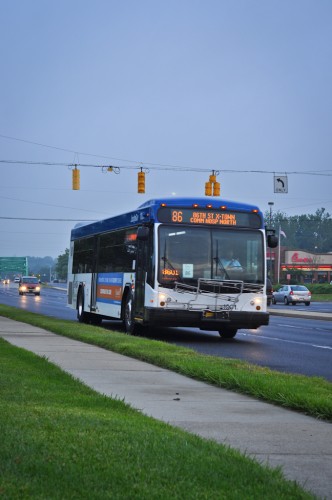
IndyGo recently sent out a summary of trips provided for 2013. Â The major stat leading this list was that IndyGo provided 10.2 million boardings in 2013; a number not observed since 1991.
A number of significant changes occurred in 2013 which lead to this new benchmark of success. Increased frequencies of the 8, 10 & 39 to 20 minutes or less were the primary reasons this occurred. In addition, the new 86, on the northside, added 51,000 trips.
These sorts of statistics while comparatively low to other cities, provide firm data to support the notion that increased frequency, through additional funding, will provide a more attractive service that delivers more value for taxpayer investment.
This sort of data will surely be used in the next couple of months as the Indiana legislative session kicks into gear and a new bill makes it’s way through the House and Senate in an effort to increase transit funding. The new bill has been entered under HB1034, and will be the primary vehicle used to support the efforts to create a new transit revenue stream as well as a metro transit district capable of operating transit across county lines.
Stay tuned to Urban Indy for news on this session’s effort to improve transit in Central Indiana.
This is great news that they increased ridership without a huge funding increase. Goes to show what efficient planning can do.
As a quick correction, IndyGo did receive a funding boost in the last year. This funding boost (I believe $6 million) increased frequency and helped with the new bus line.
Huge congrats to the IndyGo team for improving service and increasing ridership.